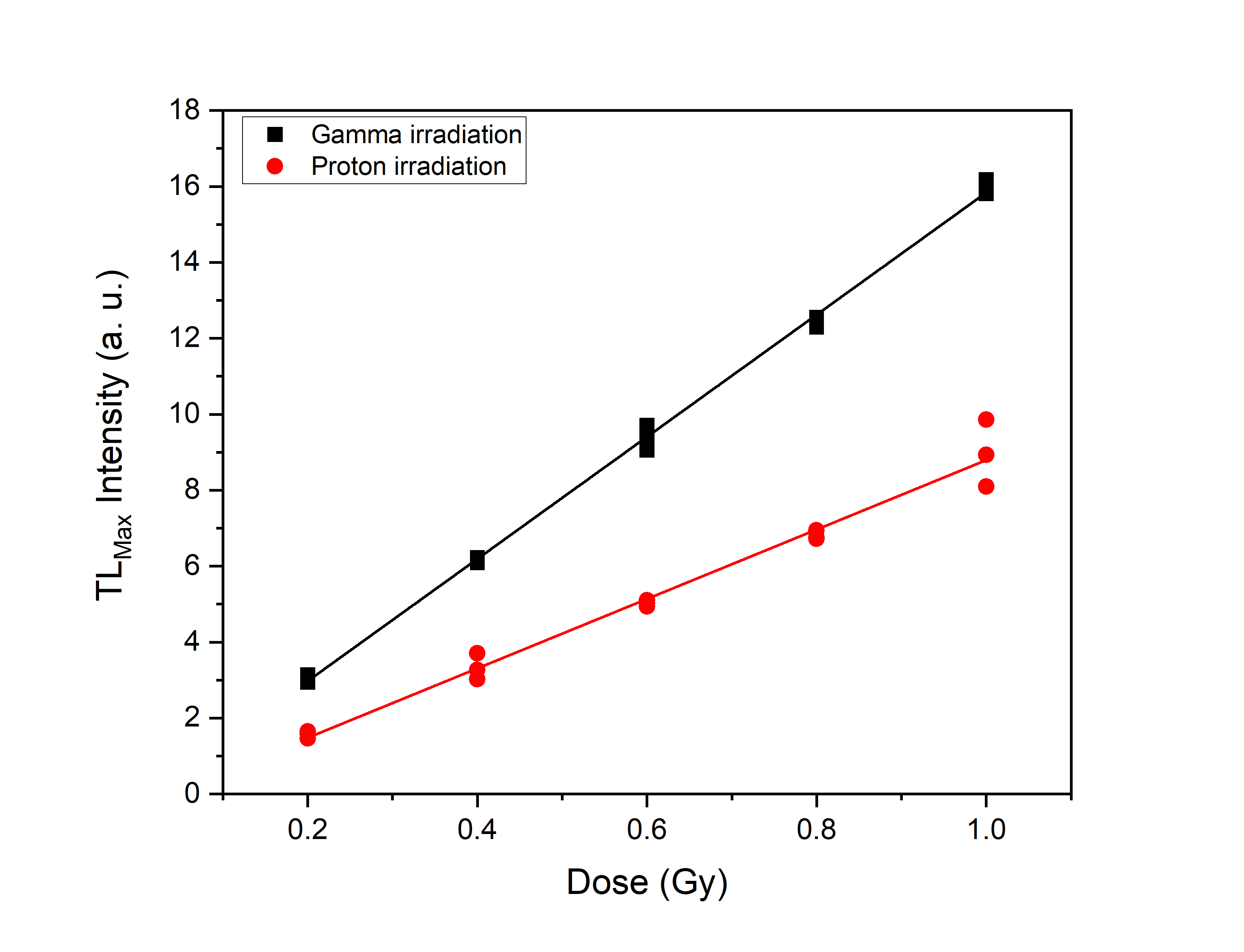Investigation of BaSO4:Eu nanophosphors for thermoluminescence dosimetry of X-ray and proton beams
Ravikumar Nattudurai,
Norway
PO-1573
Abstract
Investigation of BaSO4:Eu nanophosphors for thermoluminescence dosimetry of X-ray and proton beams
Authors: Ravikumar Nattudurai1, Delmon Arous1,2, Nina F.J. Edin1, Anant Pandey3, Eirik Malinen1,2
1University of Oslo, Department of Physics, Oslo, Norway; 2Oslo University Hospital, Department of Medical Physics, Oslo, Norway; 3Sri Venkateswara College, University of Delhi, Department of Physics, New Delhi, India
Show Affiliations
Hide Affiliations
Purpose or Objective
Thermoluminescence
(TL) dosimetry is used in radiation protection and for measuring absorbed dose
to patient in diagnostic radiology and radiotherapy. The main aim of the study
herein was to determine the TL properties of BaSO4:Eu nanophosphors
following irradiation with g- and X-rays as well as low energy protons.
Material and Methods
BaSO4
phosphors activated with various concentrations of Eu were prepared by co-precipitation
method. The highest sensitivity was obtained for an Eu concentration of 0.5 mol%. For studying the dependence
of TL output on radiation quality, powder samples of about 10 mg were
irradiated with Co-60 g-rays (reference quality), 15.2 MeV protons, and
100 to 225 KV X-rays. Absolute dosimetry was ensured with ion chambers. The TL
was recorded with different heating rates like 5, 10, 15 and 20 K/s. The TL
dose response, glow curve structure and shape, reusability, fading and the radiation
quality dependence were consequently studied.
Results
TL
glow curve of optimized BaSO4:Eu irradiated with doses up to 1 Gy
display a major peak at ≈ 225 °C.
Thus, the given nanophosphor has a reasonably simple glow curve structure which
can be attributed to a simple distribution of the luminescence traps. Dose-response
analysis over the dose range 0.2-1 Gy showed that the response of g-irradiated samples was 1.7 times higher than following
proton irradiation (Figure 1). Irradiation with 100, 160 and 225 kV X-rays gave
approximately 40 times higher response compared to g-irradiation.
The reusability test for was performed for ten consecutive reading and
annealing cycles of the same samples irradiated with X-rays in each cycle. The TL intensity showed a slight decrease after
the first cycle and then stabilized. The TL signal fading measurement was
performed for g-irradiated samples over 50 days storage in dark
atmosphere. During this period 7 % of TL signal loss was observed.

Figure 1.
TL intensity versus dose for BaSO4:Eu dosimeter following g – or proton – irradiation.
Conclusion
The
radiation quality dependence study shows that the TL output per dose to water
of the BaSO4:Eu nanophosphor is
dependent on radiation type (g-rays vs protons) and photon energy (g-rays vs X-rays). The strong X-ray energy dependence
may be explained by the high mass energy absorption coefficient of the BaSO4
compound. However, the simple glow curve structure, excellent reusability and
low fading indicates favorable properties for dose determination in
radiotherapy, as long as the samples are calibrated in the user beam.